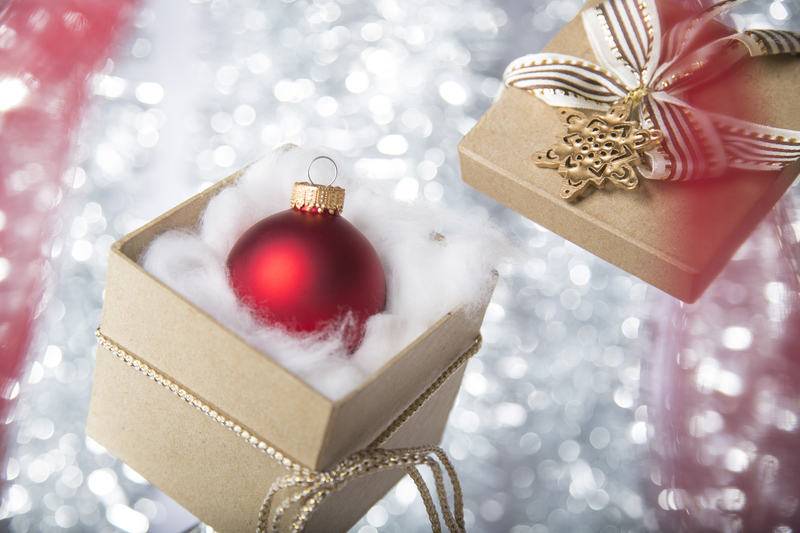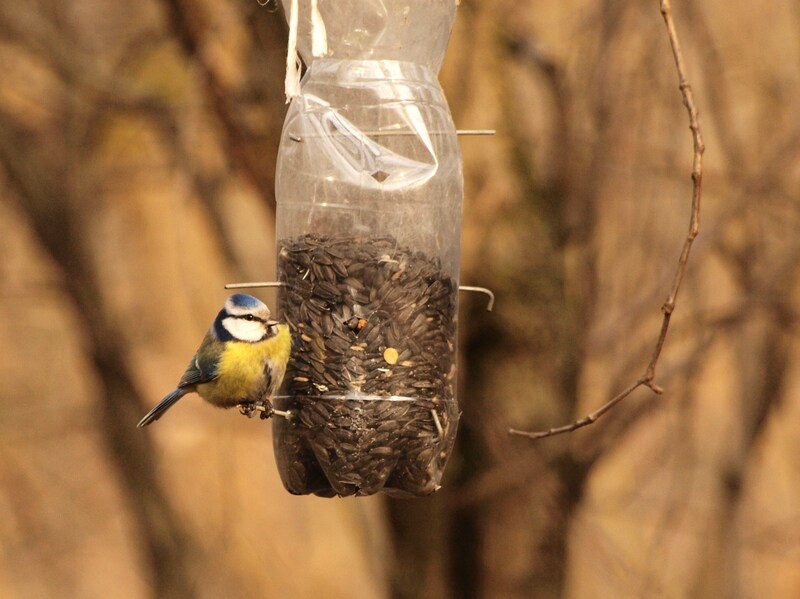Protecting Wildlife by Disposing of Your PPE Safely
During the global health crises of recent years, the use of personal protective equipment (PPE) such as masks, gloves, and face shields has surged worldwide. While PPE is crucial in stopping the spread of disease, it has led to a significant environmental issue: PPE pollution. Improper disposal of these materials can have devastating effects, especially on wildlife. In this comprehensive guide, you'll discover why safe PPE disposal matters, the impact on wildlife, and actionable steps you can take to safeguard our planet.
Why PPE Waste is Harmful to Wildlife and the Environment
PPE is made to be durable and resistant to moisture, making it difficult to break down in the environment. When not disposed of properly, PPE like masks and gloves can become hazardous to wildlife in numerous ways:
- Entanglement: Animals can become trapped in mask ear loops or glove fingers, which may lead to injury, suffocation, or restricted movement.
- Ingestion: Mistaken for food, small pieces of PPE can be ingested by birds, fish, and mammals, causing internal injuries or blockages that can be fatal.
- Pollution: PPE waste contributes to microplastic pollution as it breaks down, contaminating soil and water.
Protecting animals by disposing of PPE properly is essential to maintaining healthy ecosystems.
The Scale of PPE Pollution: Alarming Statistics
According to environmental organizations, billions of PPE items are discarded monthly across the globe. For example:
- Over 1.6 billion disposable masks entered our oceans in 2020 alone (OceansAsia report).
- Wildlife organizations have observed a significant uptick in cases of animals injured or killed by improperly discarded masks and gloves.
- PPE is now a common item found during beach and river cleanups worldwide.

How Improper PPE Disposal Threatens Wildlife
Wildlife faces several risks when exposed to PPE litter:
Entanglement and Injury
Masks' elastic loops and gloves' fingers pose the greatest threat for entanglement. Small mammals, birds, and aquatic creatures can accidentally become ensnared. Without human intervention, entangled animals may suffer from restricted mobility, starvation, and even death.
Ingestion and Internal Harm
Some animals mistake pieces of PPE for food. Sea turtles, dolphins, seabirds, and terrestrial mammals have been found with mask fragments or gloves in their stomachs. Ingestion can result in:
- Blockage of digestive tracts
- Internal injuries
- Reduced absorption of nutrients
- Toxic effects from plastics and chemicals
This underscores the importance of disposing of PPE in a wildlife-friendly manner.
Impact on Habitats
PPE waste can accumulate in natural habitats, including forests, rivers, lakes, and coastal areas. The presence of non-biodegradable PPE hampers plant growth, disrupts animal shelters, and contributes to broader ecological damage.
Best Practices for Disposing of Your PPE Safely
Reducing the environmental impact of PPE is everyone's responsibility. Here are step-by-step guidelines to ensure your actions contribute to safeguarding wildlife.
1. Properly Remove and Handle Used PPE
- Always wash your hands before and after touching used PPE.
- Do not leave masks, gloves, or wipes on public surfaces such as benches, parking lots, or sidewalks.
- Place used PPE directly into a trash bin lined with a plastic bag.
2. Cutting the Loops and Straps
Before disposing of a mask, cut the ear loops with scissors. For gloves, cut the fingers. This simple action significantly reduces the risk of entanglement for animals who might encounter the waste.
3. Use the Correct Waste Bins
- Never throw PPE into recycling bins as it can contaminate recyclables.
- Place all used PPE in general waste or designated hazardous waste bins, if available.
Proper PPE disposal is a direct way to protect wildlife and reduce environmental harm.
4. Opt for Reusable PPE When Safe
When possible and appropriate, switch to reusable masks and gloves. Always wash and dry reusable items according to health guidelines to ensure safety for yourself and others while cutting down on waste.
Community Involvement: How You Can Lead by Example
Protecting local wildlife by disposing of PPE safely isn't just an individual responsibility - it's a community effort. Here's how you can amplify your impact:
Organize Community PPE Cleanups
- Coordinate safe clean-up events in parks, beaches, and public spaces.
- Always wear your own PPE and follow COVID-19 safety protocols.
- Dispose of collected PPE in designated waste containers.
Raise Awareness
- Share information with family, friends, and local groups about the dangers of PPE litter for wildlife.
- Use social media to highlight the importance of safe PPE disposal.
- Encourage local businesses and authorities to provide more bins and educational materials about correct waste management.
By educating others about proper PPE waste disposal, you multiply the positive impact and help protect countless animals and ecosystems.
Innovations and Policies: Looking for Long-Term Solutions
Governments, organizations, and companies are recognizing the urgent need to reduce PPE-related environmental harm and are exploring innovative ways to do so:
Biodegradable PPE and Alternatives
- Researchers are developing masks and gloves made from natural fibers that break down quickly and safely in the environment.
- Biodegradable options can play a significant role in protecting wildlife from PPE pollution in the long run.
Improved Waste Management Policies
- Cities are adding specific PPE disposal bins in public areas.
- New policies require clear labeling and more accessible disposal instructions for all PPE products.
- Some countries have launched national campaigns to encourage proper PPE recycling and disposal.
Corporate Responsibility
- Businesses are being urged to provide PPE waste bins in workplaces.
- Companies in the PPE supply chain are exploring take-back and recycling programs.
You can support these initiatives by advocating for better local PPE disposal infrastructure and choosing eco-friendly products whenever available.
Frequently Asked Questions About Disposing of PPE to Protect Wildlife
Can single-use masks and gloves be recycled?
In most cases, single-use PPE cannot be recycled in your curbside recycling bin due to contamination risks and material composition. Always place in general waste unless specific recycling programs exist in your area.
Are there PPE recycling programs?
A few specialized recycling programs exist, such as those offered by TerraCycle. Always check local guidelines for appropriate drop-off points for PPE waste.
How can I teach children about safe PPE disposal and wildlife protection?
Engage kids with fun, hands-on activities like supervised litter pick-ups, educational videos, and art projects about animals and pollution. Stress the importance of cutting mask loops and using proper bins.
Are reusable PPE options safe for wildlife?
Yes--so long as they are properly cared for and not littered. Reusable PPE dramatically reduces the number of items entering the waste stream, cutting down on overall environmental impact.

Your Role in Protecting Wildlife: Small Actions, Big Impact
Every person has the power to significantly reduce the risks PPE waste poses to wildlife. Here's a quick summary of how you can help:
- Dispose of all PPE in sealed waste bins.
- Always cut ear loops and glove fingers before discarding.
- Switch to reusable PPE whenever safe to do so.
- Educate others about the dangers of PPE litter for wildlife.
- Participate in or organize community cleanups.
- Support eco-friendly PPE initiatives and policies.
Choosing to dispose of your PPE safely to protect wildlife isn't just a health or personal hygiene practice - it's an act of compassion for our planet's diverse ecosystems. The next time you reach for a mask or pair of gloves, remember these simple steps and encourage others to join in. Together, we can minimize PPE's impact on the environment and ensure a safer, cleaner world for all living beings.
Conclusion: Make Every PPE Disposal Count
In summary, the rise in PPE use presents a unique challenge to wildlife and the environment. By taking mindful steps in proper PPE disposal, we can all contribute to a greener, safer future. Whether it's cutting mask loops, choosing reusable options, or raising awareness, every action leads us closer to a world where humans and wildlife thrive together.
Let's work together in protecting wildlife by safely disposing of PPE--because the smallest habits can create the greatest changes for our planet's future.
